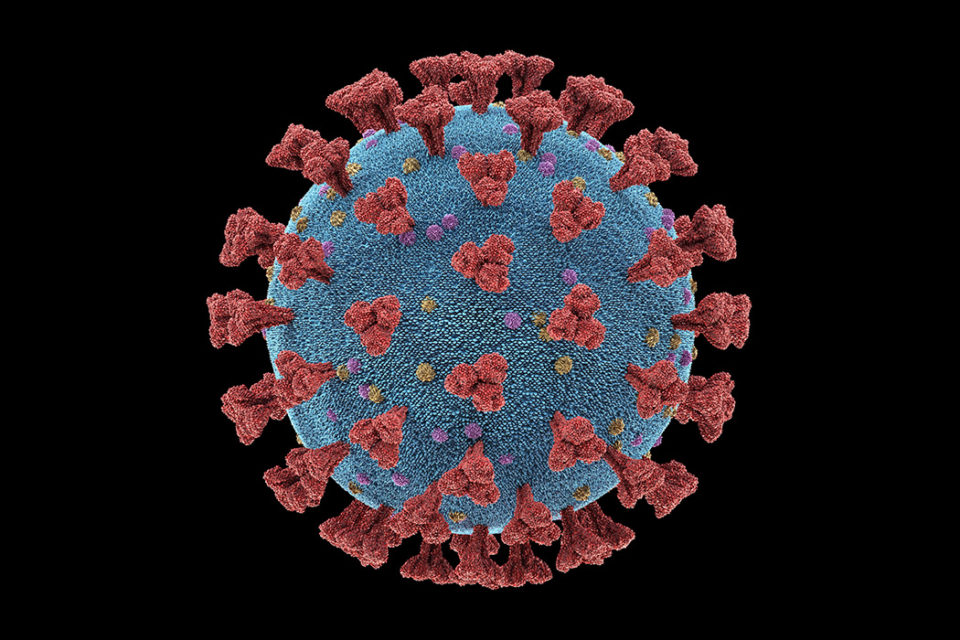COVID isn’t dominating the headlines as much as it used to, thanks to a massive outbreak of pox in 2022, an evolving bird flu situation, and recent reports of the Marburg virus in Equatorial Guinea. Instead, we’ve been hearing about outbreaks of newly emerging or re-emerging viruses on a regular basis.
So, are viral outbreaks becoming more common? Alternatively, as a result of improved technology developed during the COVID pandemic, have we just grown better at spotting outbreaks? The answer might be a combination of both.
There are an estimated 1.67 million viruses that now infect mammals and birds that have yet to be identified. It is believed that up to 827,000 of these have the potential to infect people.
We need to go back to the origin of life on Earth to understand how viruses develop. There are several theories on how viruses initially appeared, but they all agree that viruses have existed for billions of years, evolving alongside living things. When there is a disruption in this steady co-evolution, we might get into problems.
Humans and their actions are the primary drivers of viral emergence in the human population. Agriculture became popular more than 10,000 years ago, and with it, people came into intimate contact with animals. This allowed viruses that normally infected these animals to “species jump” into humans. This is known as zoonosis. Around 75% of newly developing infectious illnesses are caused by zoonosis.
As human civilization and technology grew, the destruction of animal habitats led animals to seek food in other areas. Diversified species that would not normally interact were suddenly sharing the same habitat. When people are added to the mix, the conditions are ideal for the development of a novel virus.
Increasing overall population density creates a perfect setting for viral propagation. Urbanization frequently outpaces infrastructure needed such as sanitation and healthcare, increasing the chance of virus outbreaks.
Climatic change is also a factor in the transmission of viruses. Arboviruses (viruses carried by arthropods such as mosquitoes) are being found in new places, for example, as the range of nations in which mosquitoes may survive grows.
These factors have been recognized for a long time. No virologist or epidemiologist was surprised by the appearance of SARS-CoV-2 (the virus that causes COVID). A pandemic would happen when it happened, not if it happened. What was unexpected was the scope of the COVID pandemic and the difficulties in successfully restricting the virus’s spread.
We could not have imagined the impact of misinformation on other aspects of public health. Anti-vaccination attitude, in particular, has been increasingly popular on social media in recent years, and vaccine hesitancy has increased. Routine children’s vaccination programs have also been delayed, raising the likelihood of outbreaks of vaccine-preventable diseases such as measles.



